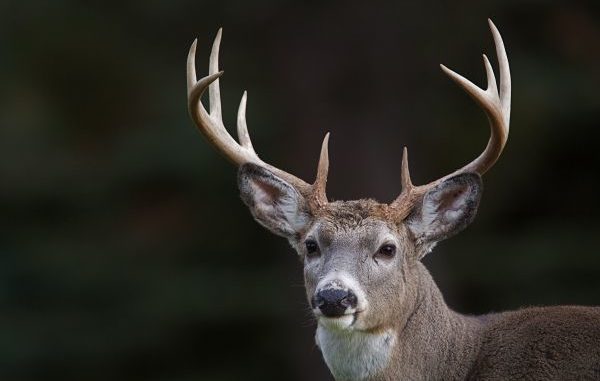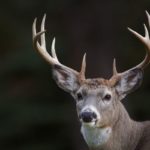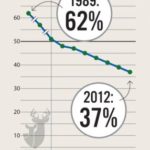
QDMA’s 2014 White Tail Report shows most hunters now allowing yearlings to walk
More hunters are giving 1 ½-year-old bucks a pass than at any time in the last 25 years, according to information gathered by the Quality Deer Management Association.
In the 2012-13 season, only 37 percent of antlered bucks killed by hunters were yearlings, down from more than 62 percent in 1989, according to QDMA’s 2014 Whitetail report.
Antlered bucks do not include button bucks, meaning nearly two-thirds of antlered bucks killed in 2012-13 were 2 ½ years or older.
“The trend is clear, more deer hunters are choosing the benefits that come from protecting yearling bucks and building numbers of older bucks in a deer population,” said Kip Adams, a wildlife biologist and QDMA’s director of education and outreach, who compiles the annual Whitetail Report. “The decline in yearling-buck harvest has been more rapid in some states than others, and hunters in a handful of states still take high percentages of yearling bucks, but even in most of those states the trend is in the right direction.”
Voluntary restraint by hunters plays a significant role in reducing harvest rates among yearling bucks.
QDMA found that among the five states with the lowest yearling-buck harvest rates, two of them, Kansas (14 percent) and Oklahoma (15 percent), do not have any mandatory antler restrictions at the state or regional level. Louisiana ranks fifth in lowest yearling-buck harvest rate, at 17 percent in DMAP areas.
Additionally, the national rate has been declining in recent years even without any new states adding statewide antler-based harvest restrictions.
“Though we recognize state-mandated antler restrictions are wanted and needed in some situations, we have always said we prefer this choice to be voluntary among hunters who want the benefits of an older buck age structure,” Adams said.
Louisiana ranks fourth in the highest harvest of 3 ½-year-old and older bucks, at 59 percent in DMAP areas, according to the report.
When most yearling bucks are protected and survive to adulthood, hunters have the opportunity to see and kill mature bucks more frequently, he said.
“Deer hunting is just more fun and exciting when you protect most yearling bucks,” said Adams. “QDMA doesn’t recommend protecting every yearling buck, in fact we fully support and encourage youth and new hunters having the opportunity to harvest them if they choose. QDMA simply recommends protecting the majority of yearling bucks. We want hunters to know the benefits of having a more natural age structure and to realize how their hunting can improve when they graduate from taking yearling bucks.”
To download a free PDF of the 2014 report, which includes state-by-state harvest rates, tagging information, disease outbreak reports and more, click here.




